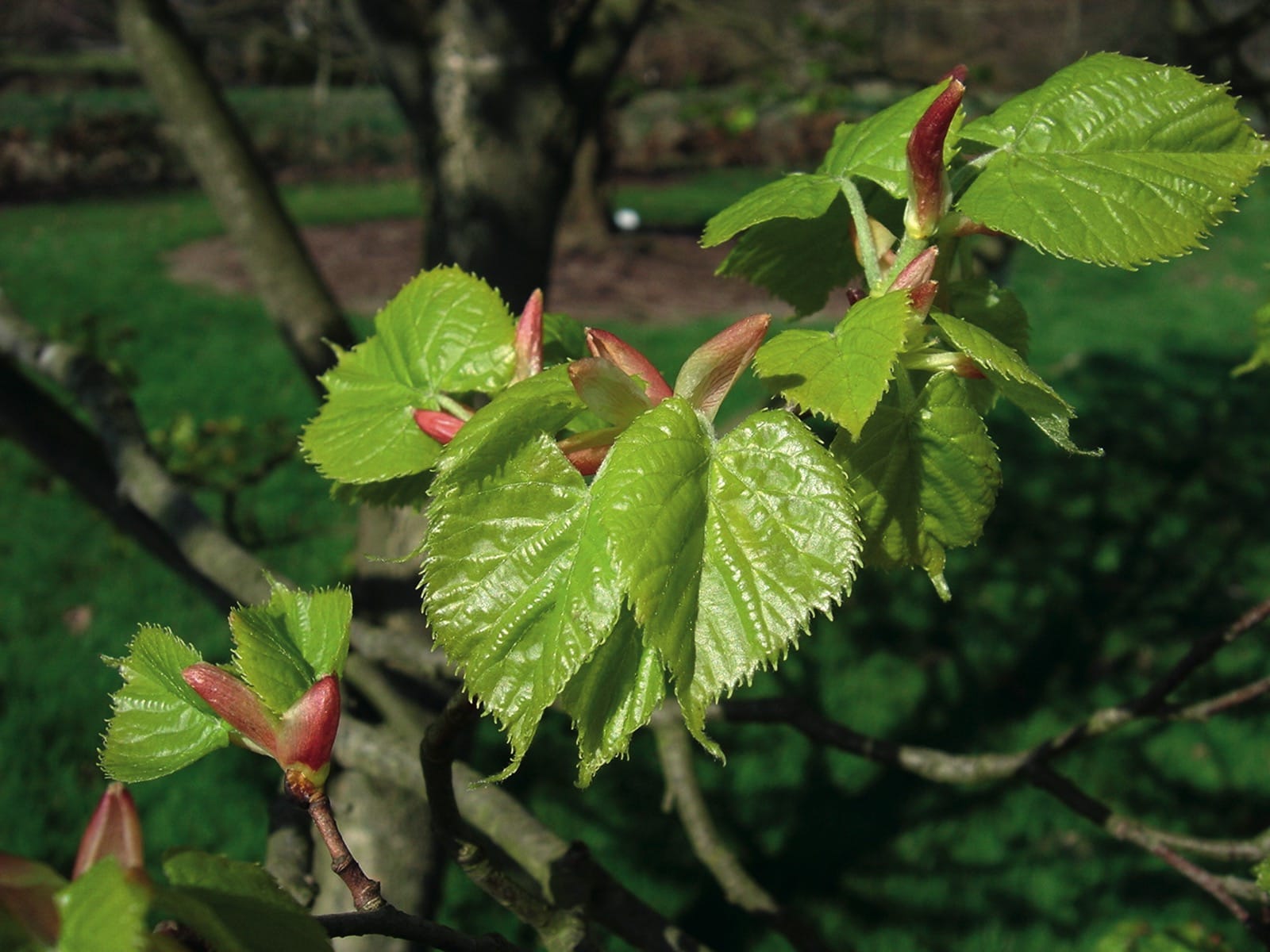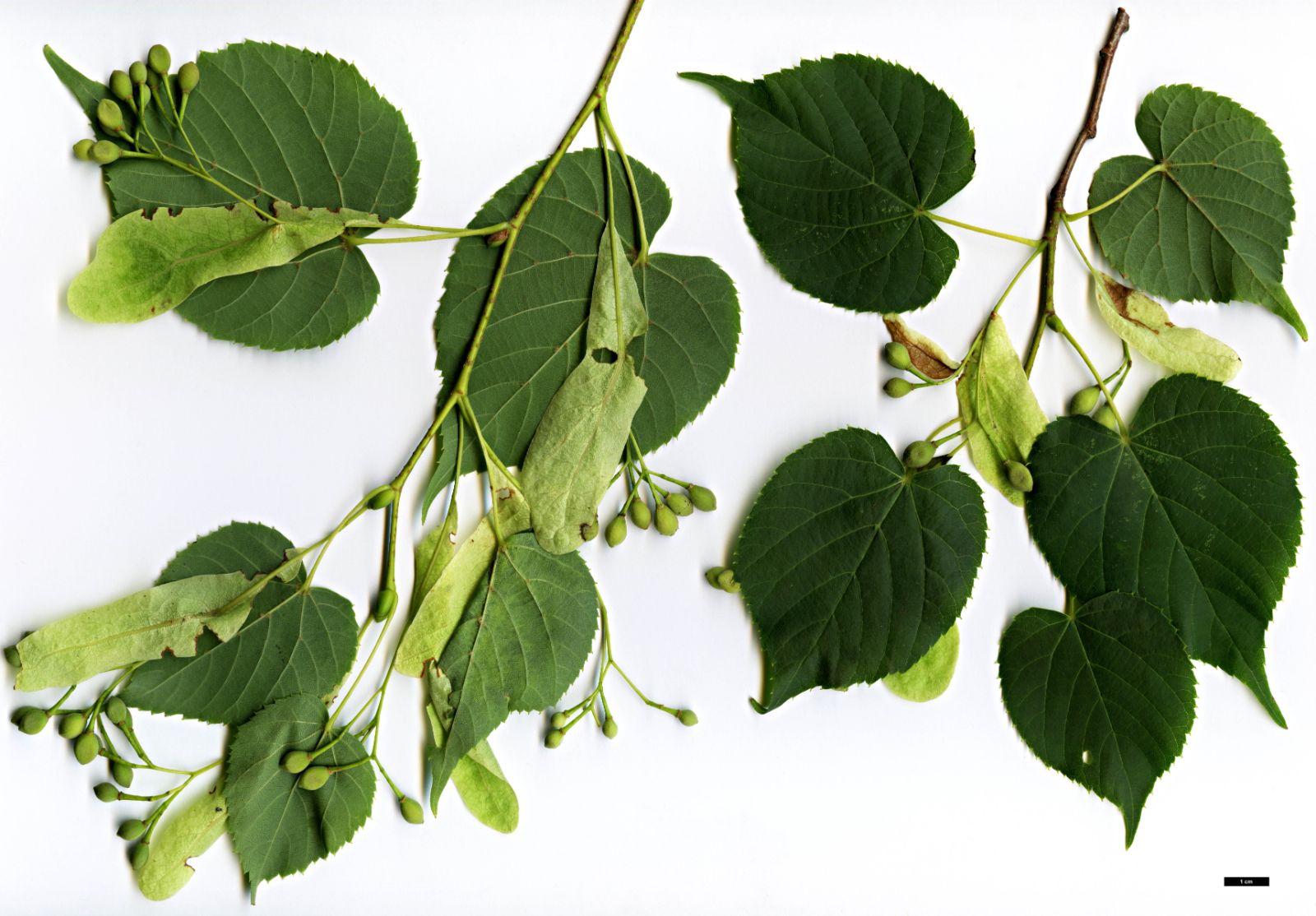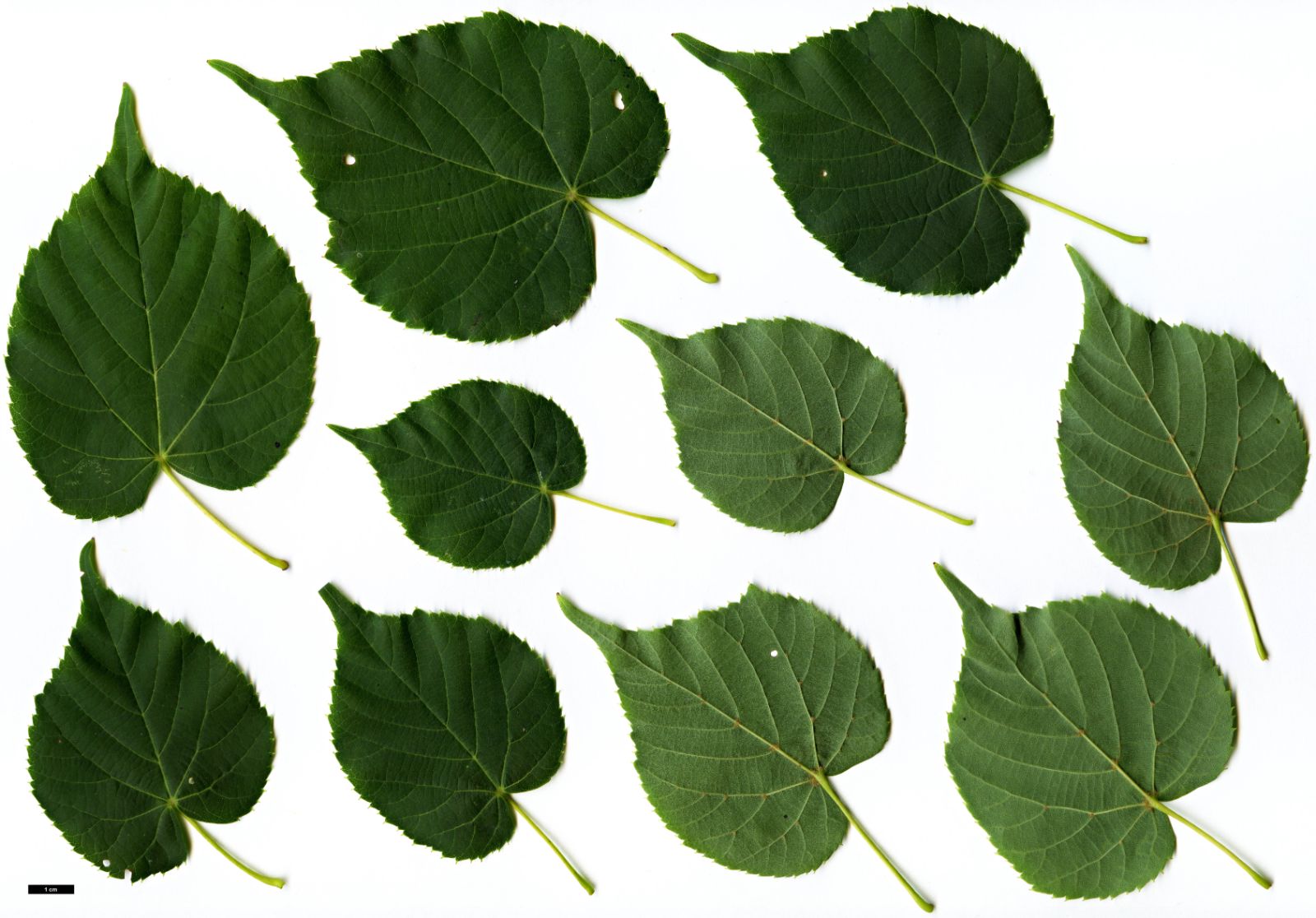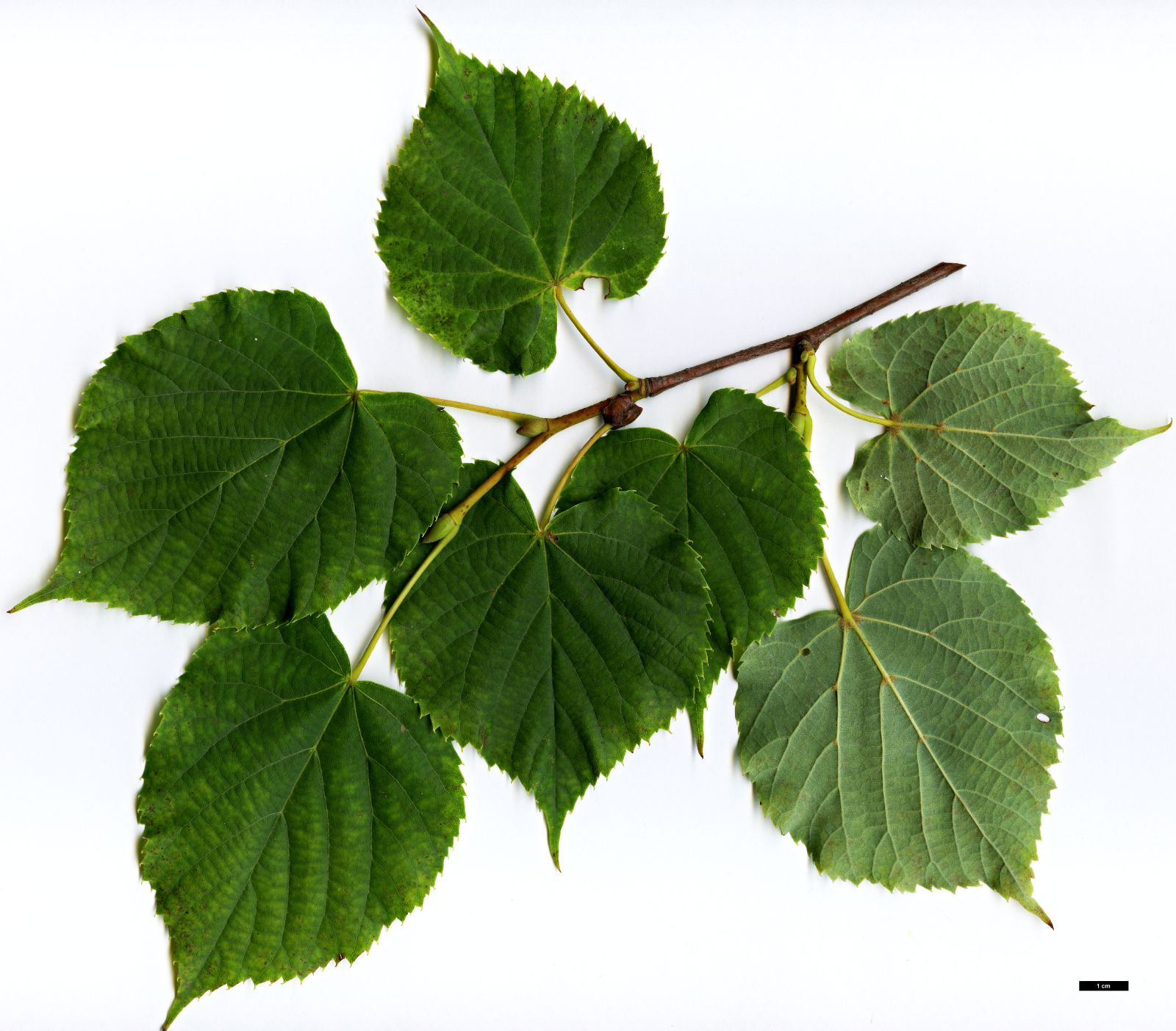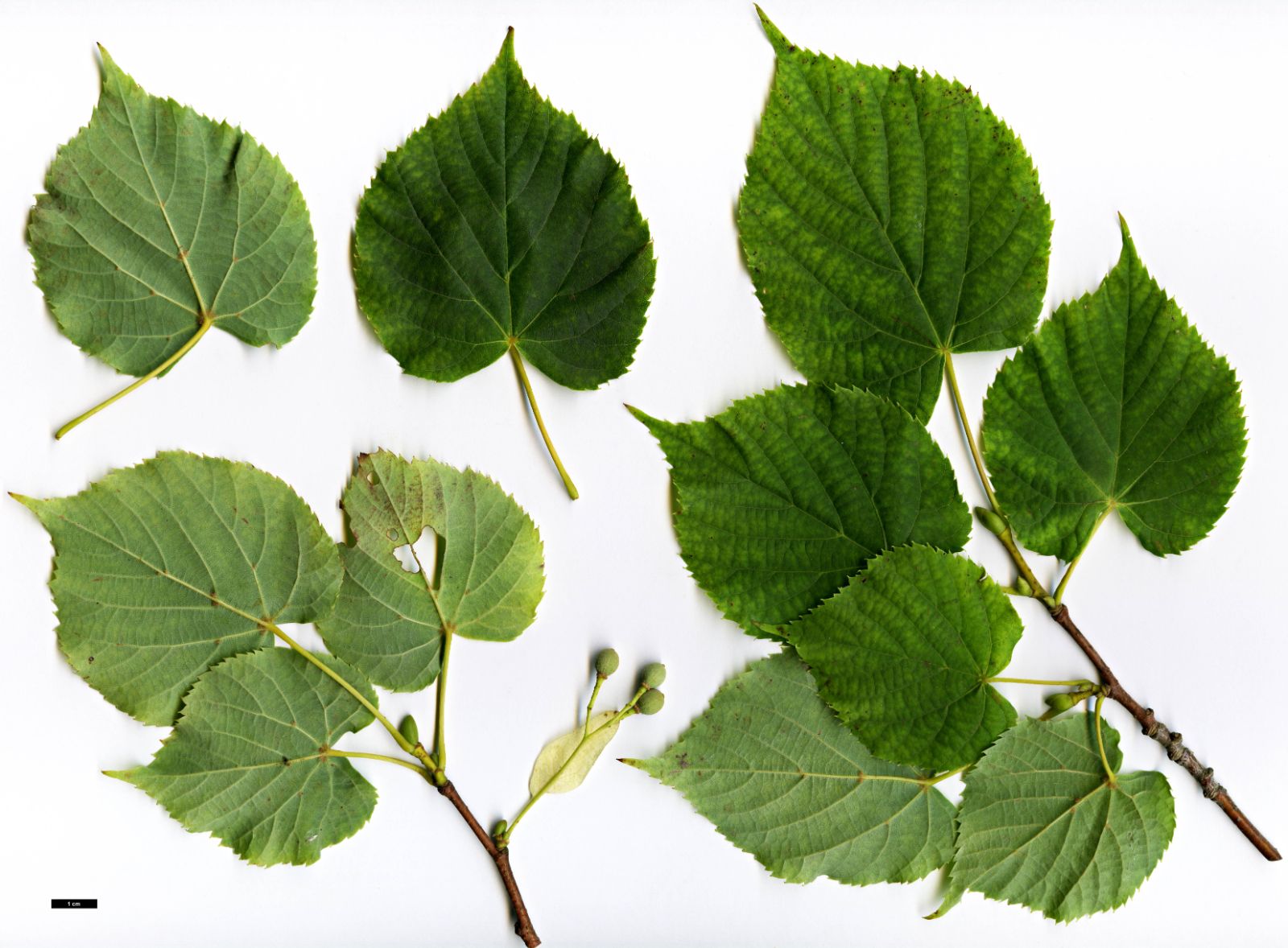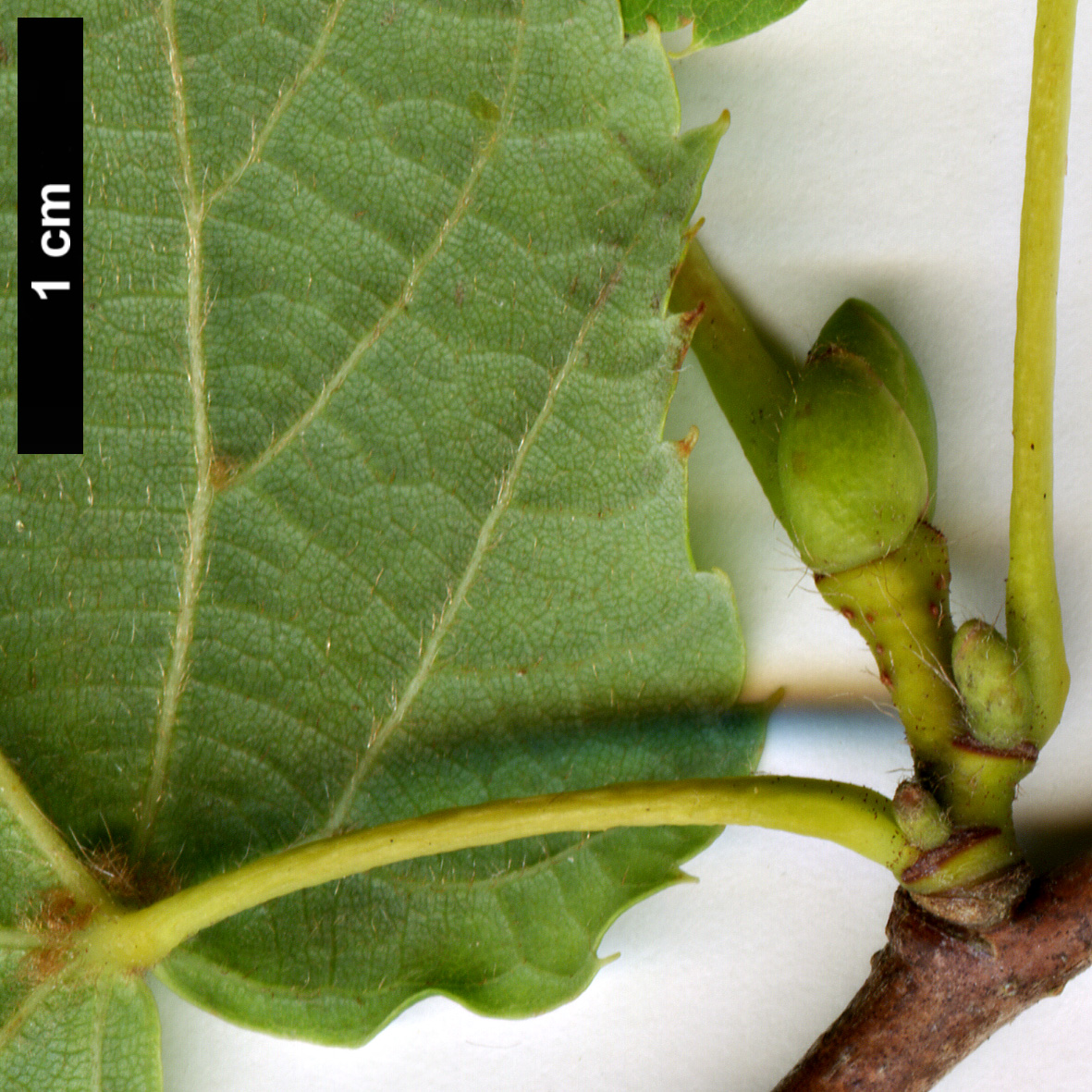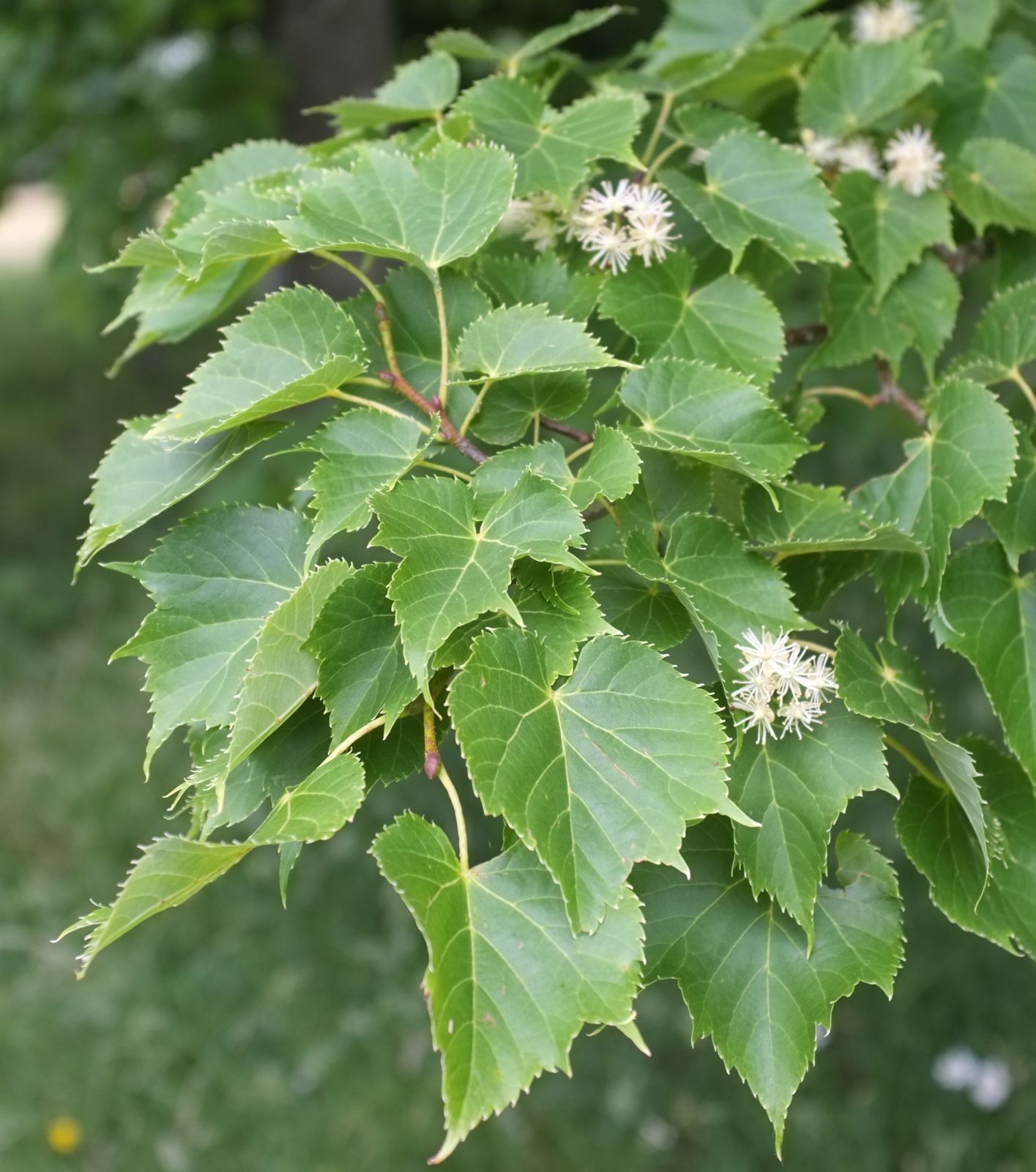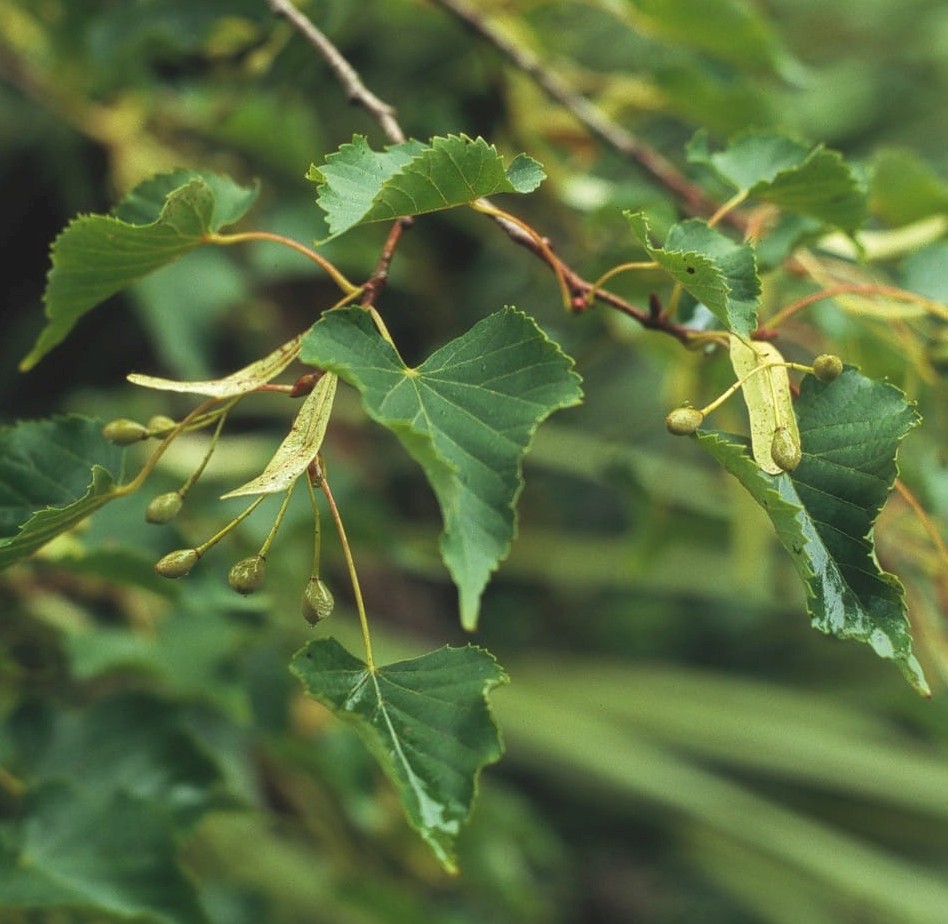Tilia amurensis
Sponsor
Kindly sponsored by
a member of the International Dendrology Society
Credits
Owen Johnson & Julian Sutton (2020)
Recommended citation
Johnson, O. & Sutton, J. (2020), 'Tilia amurensis' from the website Trees and Shrubs Online (treesandshrubsonline.
Infraspecifics
Other taxa in genus
- Tilia americana
- Tilia callidonta
- Tilia chinensis
- Tilia chingiana
- Tilia concinna
- Tilia cordata
- Tilia dasystyla
- Tilia endochrysea
- Tilia × euchlora
- Tilia × europaea
- Tilia × flaccida
- Tilia × flavescens
- Tilia Hanwell Hybrids
- Tilia 'Harold Hillier'
- Tilia 'Harvest Gold'
- Tilia × haynaldiana
- Tilia henryana
- Tilia japonica
- Tilia × juranyana
- Tilia kiusiana
- Tilia mandshurica
- Tilia maximowicziana
- Tilia miqueliana
- Tilia mongolica
- Tilia nobilis
- Tilia × noziricola
- Tilia oliveri
- Tilia paucicostata
- Tilia platyphyllos
- Tilia tomentosa
- Tilia tuan
- Tilia 'Westonbirt Dainty'
Tree to 32 m. Bark grey; irregular scaling ridges develop in maturity. Twigs slender (1.3–2.6 mm thick), initially with tangled stellate indumentum, later glabrous. Buds glabrous, with 2 exposed scales. Leaves 4–8 × 4–7 cm, orbicular but with a long slender tip and a typically cordate base; lower surface pale green or glaucous, initially with a loose stellate indumentum, and with large persistent tufts of reddish hair under the vein axils; teeth with prominent mucronate tips 0.4–1.2 mm long. Floral bracts 4–10 cm × 0.5–1.5 cm, variably stalked. Inflorescences drooping, widely branched, with 10–30 flowers on long pedicels. Staminodes rarely present. Fruit ellipsoid to obovoid, 5–8 mm long, not ribbed; covered in reddish-brown indumentum; shell papery and easily crushed. (Tang et al. 2007; Pigott 2012).
Distribution China Heilongjiang, Jilin, Liaoning North Korea South Korea Russia north-east Siberia
Habitat Mixed forests
USDA Hardiness Zone 3
RHS Hardiness Rating H7
Conservation status Least concern (LC)
Tilia amurensis, a member of Section Anastraea, is widespread in northeastern Asia, ranging from Siberian Manchuria to the Korean peninsula, principally as subsp. amurensis. Like T. japonica, it is morphologically very similar to the familiar T. cordata, and both these East Asian trees were first treated by western science as forms of that species (Pigott 2012). First collected in the Amur Valley of Siberia in 1856, by the German-Russian specialist in East Asian plants Carl Maximowicz, Ruprecht named it as a species almost in passing, while narrowing the definition of T. cordata in 1869. It can generally be distinguished from T. cordata by the mucronate tips to the leaf margin teeth as well as its pendulous, more widely branched inflorescence, and from T. japonica by the absence of true staminodes, although organs intermediate between stamen and staminode are sometimes seen (Pigott 2012).
Tilia amurensis subsp. amurensis has been in cultivation for over 100 years, the Arnold Arboretum receiving seed from St Petersburg seed suppliers Regel & Kesselring in 1909. One tree survives at the Arnold from this introduction, measured at 56 cm dbh in 2019 (Arnold Arboretum 2020). There have been numerous further introductions, but it remains a rather uncommon tree.
In areas with milder winters, such as Britain, the nominate subspecies has a reputation for emerging early and being badly frosted, leading to the view that there is no good reason to plant it (de Spoelberch 2006). Provenance may however play a part in this. At Kew Gardens a specimen collected in Sakhalin (ESUS 127 of 1994) is struggling, apparently for this reason. Others from Korea are doing much better (BECX 451, for example, collected in Gangwon-do in 1982), as they come into leaf later (Grimshaw & Bayton 2009). The UK Champion is a thriving tree (11 m, dbh 0.36 m in 2017) at the Sir Harold Hillier Gardens, Hampshire (Tree Register 2018).
There are relatively young specimens in several western European collections, for example in the Bonn University Botanic Garden, Germany (Botanische Gärten der Universität Bonn 2020) and the Arboretum Wespelaar, Belgium (wild provenance, planted 1985 – Arboretum Wespelaar 2020).
Apart from a good number of specimens at the Arnold Arboretum, Massachusetts, Amur Lime is represented in a few North American collections. In the Great Lakes area there are several examples at the Morton Arboretum, Illinois dating back to 1995 (Morton Arboretum 2020). In the Pacific Northwest there is a group of three young trees planted in 2003 at the Hoyt Arboretum, Oregon. Given the mild winters of the Portland area it is perhaps significant that these are of Korean provenance (Hoyt Arboretum 2020).
A particularly hairy form from Jilin has been recognised as T. amurensis var. araneosa C. Wang & S.D. Zhao, and is maintained as distinct in Flora of China (Tang et al. 2007). The population of Tilia amurensis on the Korean island of Ulleungdo has been named T. insularis (see Bean and Krüssmann: B600, S514, K397), on the basis of very minor characters, but fits within the range of T. amurensis (Pigott 2000). In European horticulture and literature the name T. insularis is apparently almost exclusively attached to an exceptional clone of T. japonica, now named ‘Ernest Wilson’ (Grimshaw 2008).
The Canadian cultivar ‘Golden Cascade’ is universally listed under T. cordata (q.v.) but its supposed provenance suggests that it may actually be a selection or hybrid of T. amurensis.
'Pendamur'
‘Pendamur’ was selected by Kimmo L. Kolkka from a seedling in the garden of Seija Lehtinen, Joutsa, Finland; the mother tree was from seed collected in the Changbai Mountains in northeast China by the University of Helsinki. It has a markedly weeping habit for a lime, and has been sold as high grafts on Tilia cordata or T. × europaea (Jablonski & Plietzsch 2014). A trawl of social media posts (January 2020) suggests that it is being distributed, at least in a small way, in Finland and elsewhere in northern Europe.
subsp. taquetii (C.K. Schneid.) Liou & Li
Synonyms
Tilia koreana Nakai
This subspecies has smaller leaves (4–5 × 3.5–4 cm) than in typical T. amurensis; the leaves have a truncate or emarginate base and an acuminate apex, giving a birch-like appearance, and reddish stellate hairs on the stems (as opposed to white stellate hairs in subsp. amurensis) (Pigott 2012).
Distribution
- China – Heilongjiang, Jilin, Liaoning
- North Korea
- South Korea
- Russia – northeast Siberia
RHS Hardiness Rating: H7
USDA Hardiness Zone: 3
The smaller, daintier-leaved subsp. taquetii apparently intergrades with subsp. amurensis and occurs over much the same area. There is some altitudinal separation, however, with subsp. amurensis usually in valley bottoms and on lower slopes, and subsp. taquetii at higher altitudes (Pigott 2012).
It is still rare in cultivation but deserves to be more widely cultivated. A vigorous young tree seen at Harry Hay’s garden in Surrey was 3 m tall in 2005, grown from seed collected on Jirisan in Jeollanam-do, South Korea in 1994 and distributed by the Chollipo Arboretum. Elsewhere in the garden is another specimen from the same source in 1996, but originating from the Taebaek Mountains (H. Hay, pers. comm. 2008). This subspecies is also grown at the Arboretum Wespelaar, Belgium (Arboretum Wespelaar 2020).

